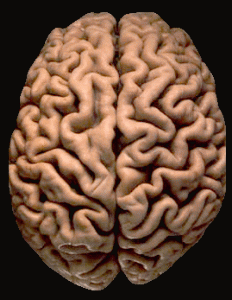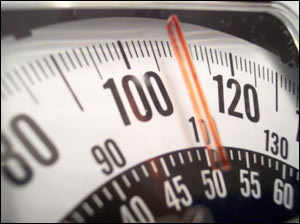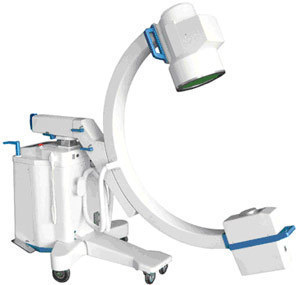Brain Volume
Known as the nervous system’s center that is present in all  vertebrates and some invertebrates, the brain has various parts and it performs different important biological functions. In humans and other vertebrate animals, the brain is found in the head. This body part is essential for the five senses, namely smell, taste, balance, hearing and vision. In addition to this, it is important to hormone secretion, activate muscles and control behavior. To know more about human brain, let us look at the different volumes of this specific body part.
vertebrates and some invertebrates, the brain has various parts and it performs different important biological functions. In humans and other vertebrate animals, the brain is found in the head. This body part is essential for the five senses, namely smell, taste, balance, hearing and vision. In addition to this, it is important to hormone secretion, activate muscles and control behavior. To know more about human brain, let us look at the different volumes of this specific body part.
The Brain Volume
The size of the human brain depends on gender and age. For instance, the average brain volume of adult females is 1130 cubic centimeters while the mean size of brain of adult males is 1260 cubic centimeters. The volume of the human brain also varies from one race to another. The average size of European males aged 22 to 49 is 1273.6 cubic centimeters while females in the same category have a mean brain volume of 1131.1 cubic centimeters.
The size of the hypothalamus and amygdala of males is usually larger than females. However, the hippocampus and caudate of females are larger than males. The structure of the brain alters whenever a person learns a new cognitive skill or motor skill. The peak in the childhood neural development occurs between ages 10 to 20. The brain volume of boys is 10 per cent larger than girls.
Dynamic alterations in the volume of the brain happen in the adulthood. In the later years of life, males experience great volume loss the temporal lobes and frontal lobes. On the other hand, females experience increased volume loss in the parietal lobes and hippocampus.
Additional Facts and Other Interesting Details
A human brain has various functions, which include the neurotransmitter systems, sensory system, motor system, arousal system and brain energy consumption. The most common neurotransmitters released by the neurons in the brain are the glutamate. Psychotic and antidepressant drugs like Prozac affect the functions of the neurotransmitter systems.
Information regarding limb position, balance, temperature as well as the composition of chemicals found in the bloodstream is important to the sensory system. Every sensory system has a designated portion of the thalamus assigned to it.
The motor system has various essential secondary areas, which include the cerebellum, premotor cortex and the basal ganglia. The arousal system is essential to walking and sleeping. The suprachiasmatic nucleus is an essential component of the human brain’s arousal system. This part is important to the central biological clock of the body.





